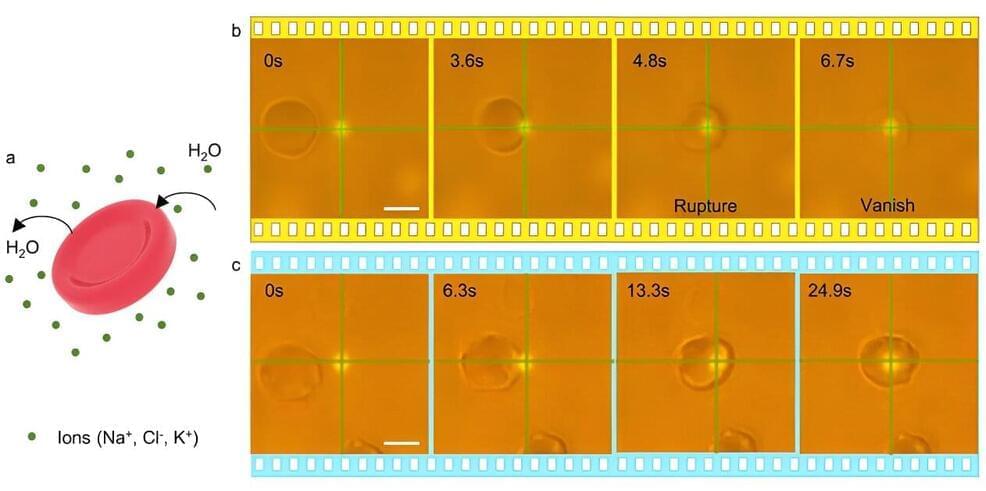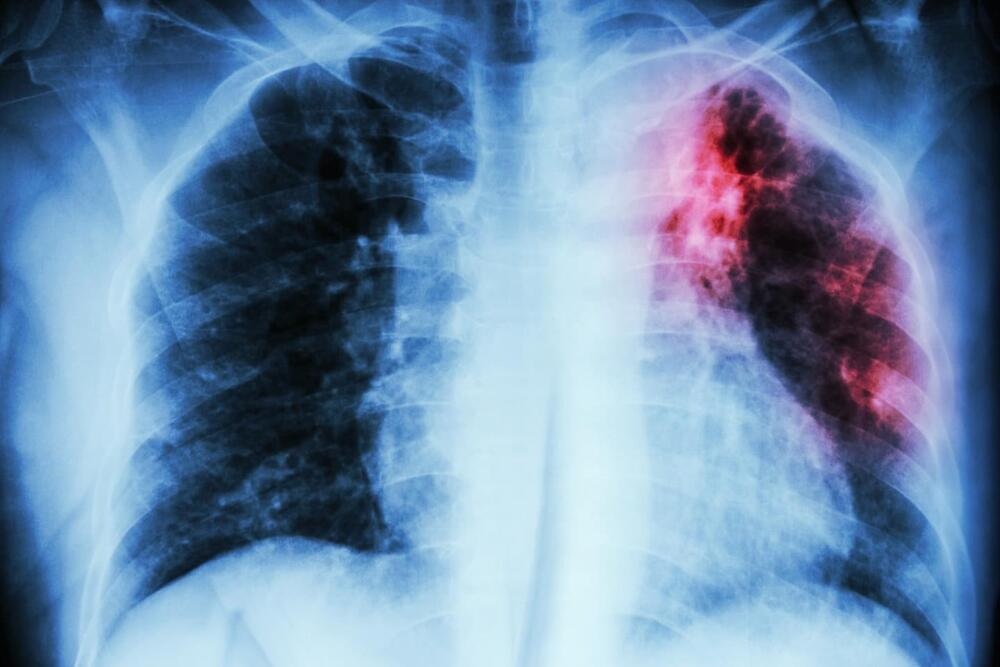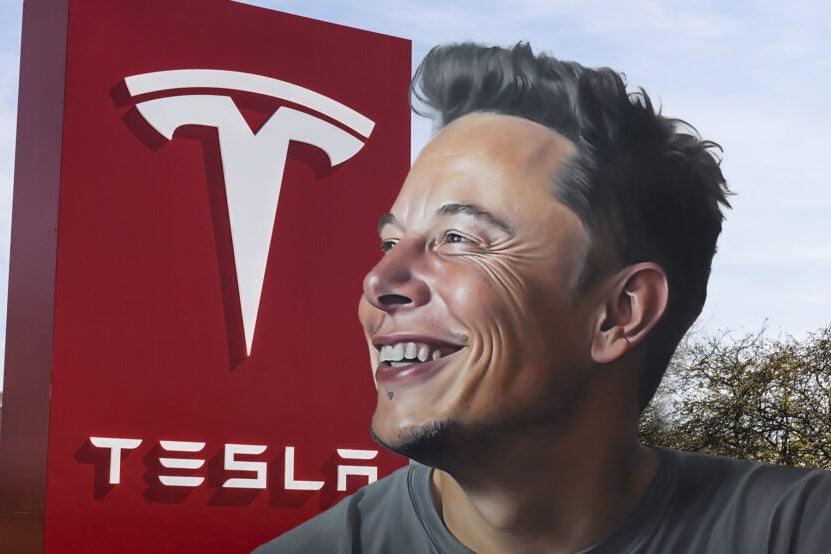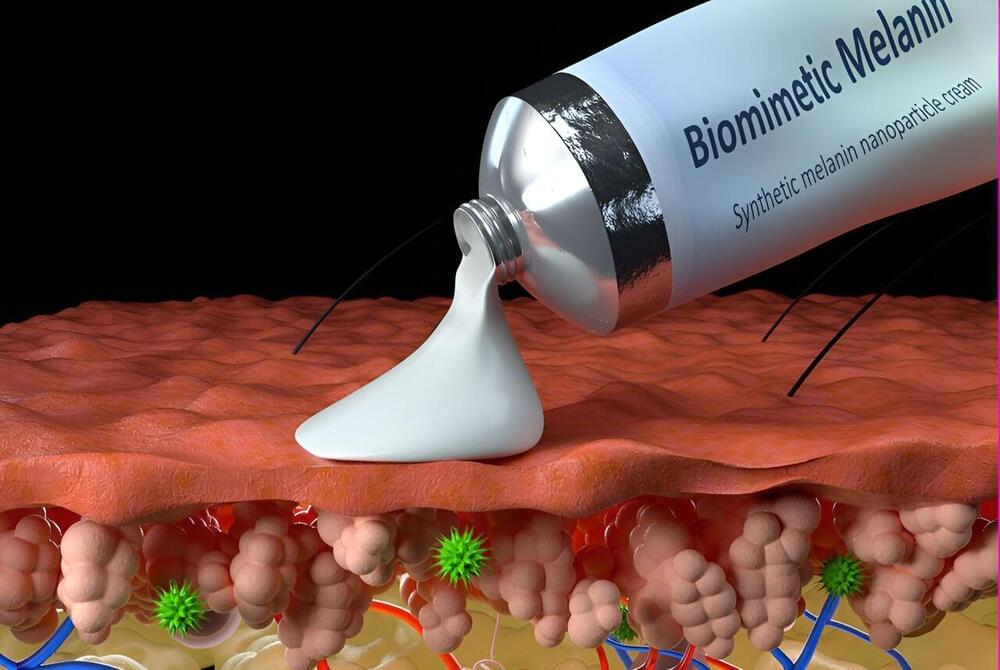Nov 12, 2023
How fit you are as a child predicts how developed your brain will be
Posted by Gemechu Taye in category: neuroscience
“Our study highlights the importance of physical activity through childhood and adolescence, leading to better physical fitness, as it might be relevant to cerebellar volumes related to cognition and learning.”
Kieferpix/iStock.
Voluntary movement coordination.
Continue reading “How fit you are as a child predicts how developed your brain will be” »

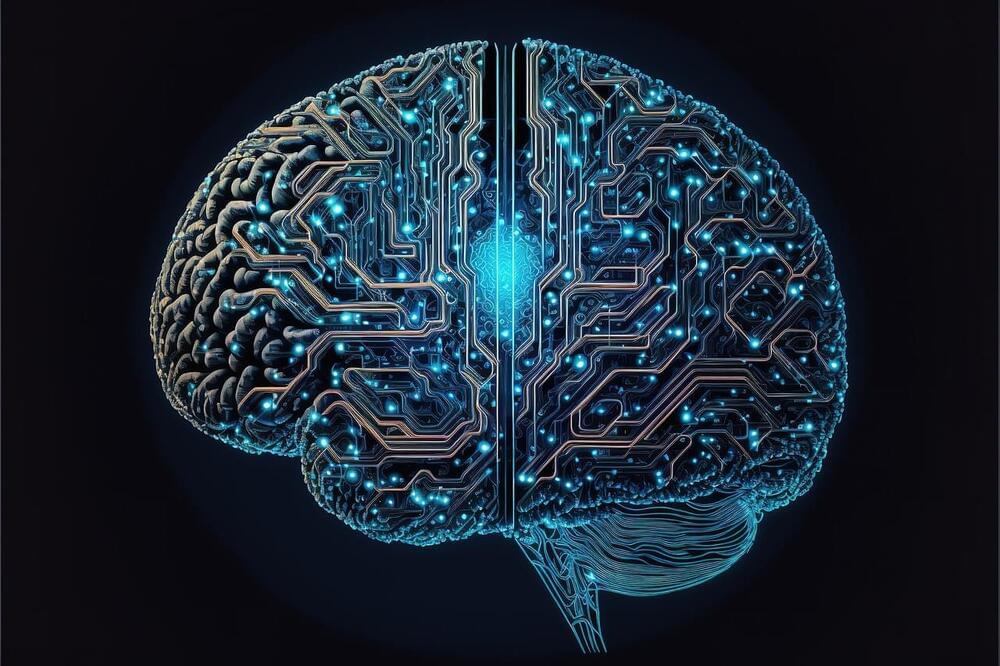
 עברית (Hebrew)
עברית (Hebrew)
